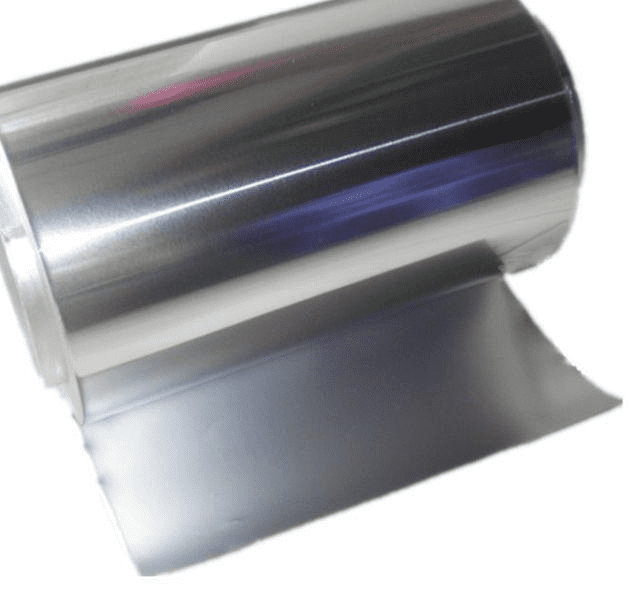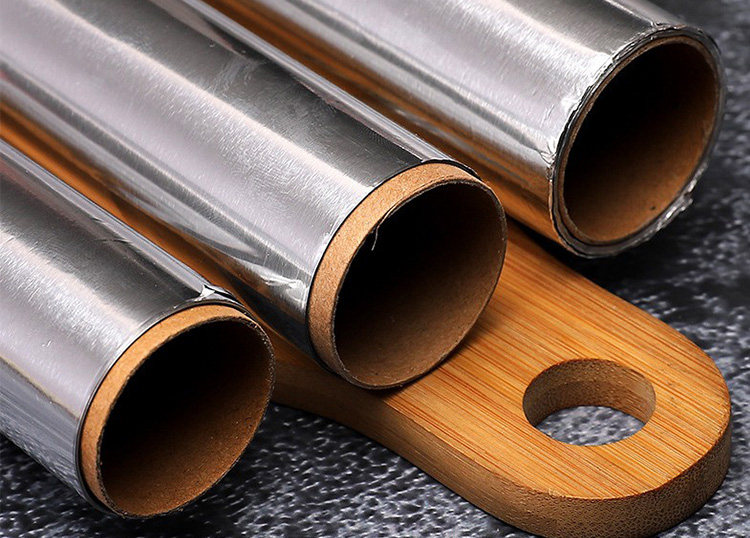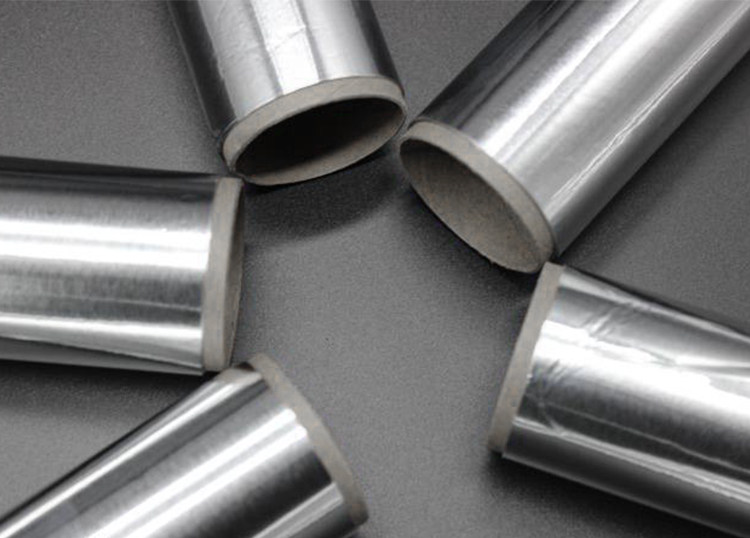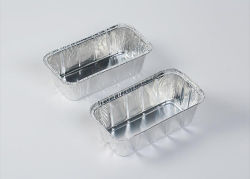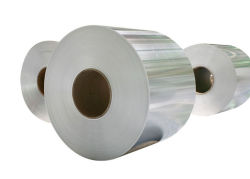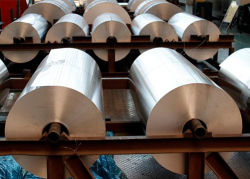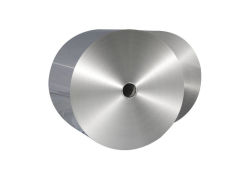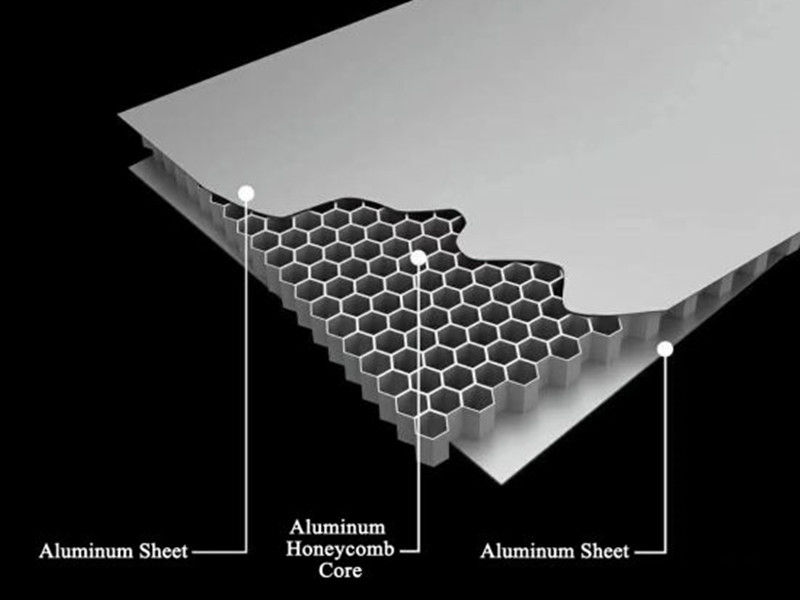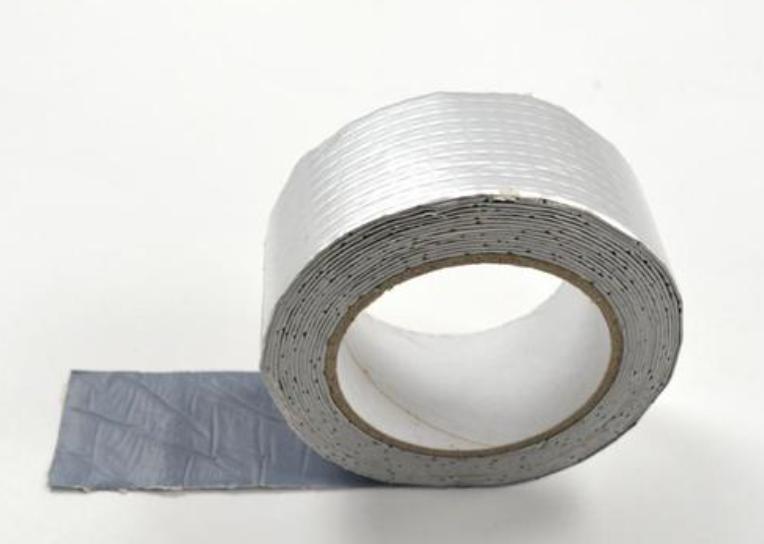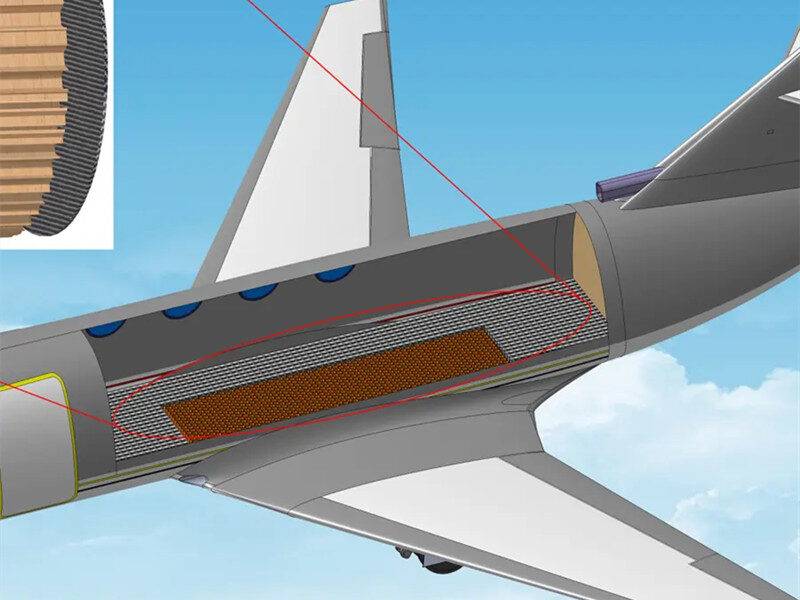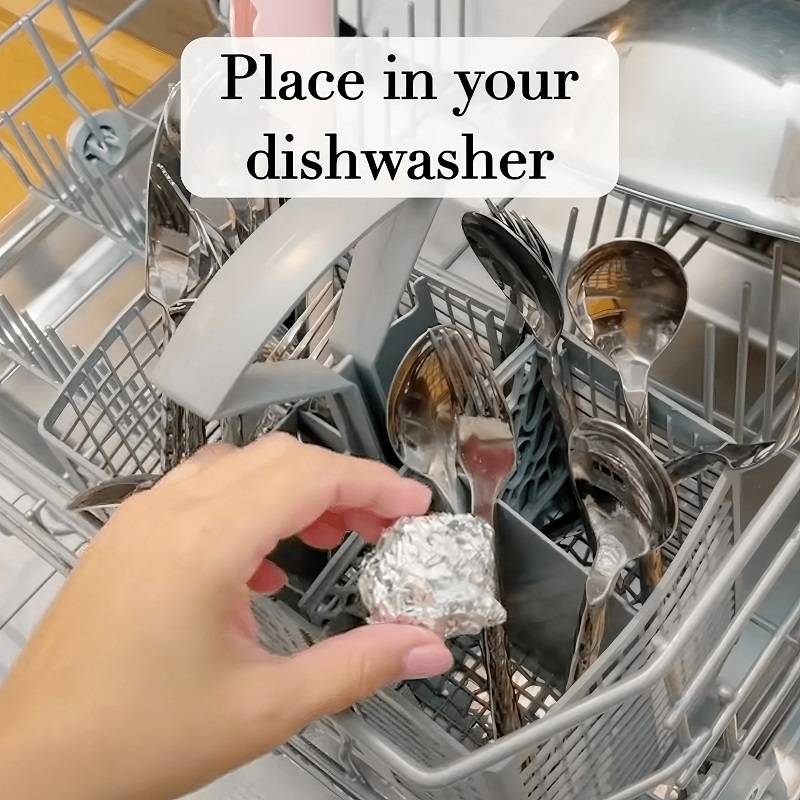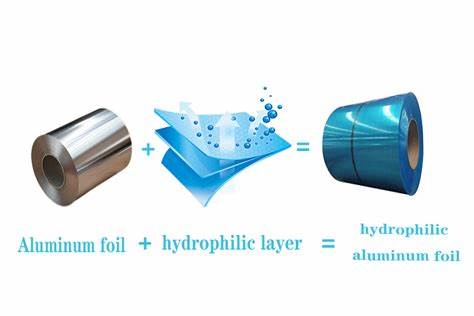Cooking food in aluminum foil is a popular technique for its convenience, versatility, and ease of cleanup. Whether you’re preparing a meal at home, grilling outdoors, or camping, aluminum foil can help retain moisture, enhance flavors, and streamline your cooking process. However, it’s essential to understand the benefits, potential concerns, and environmental impacts associated with this method. Let’s explore the key aspects you need to know about cooking food in aluminum foil.
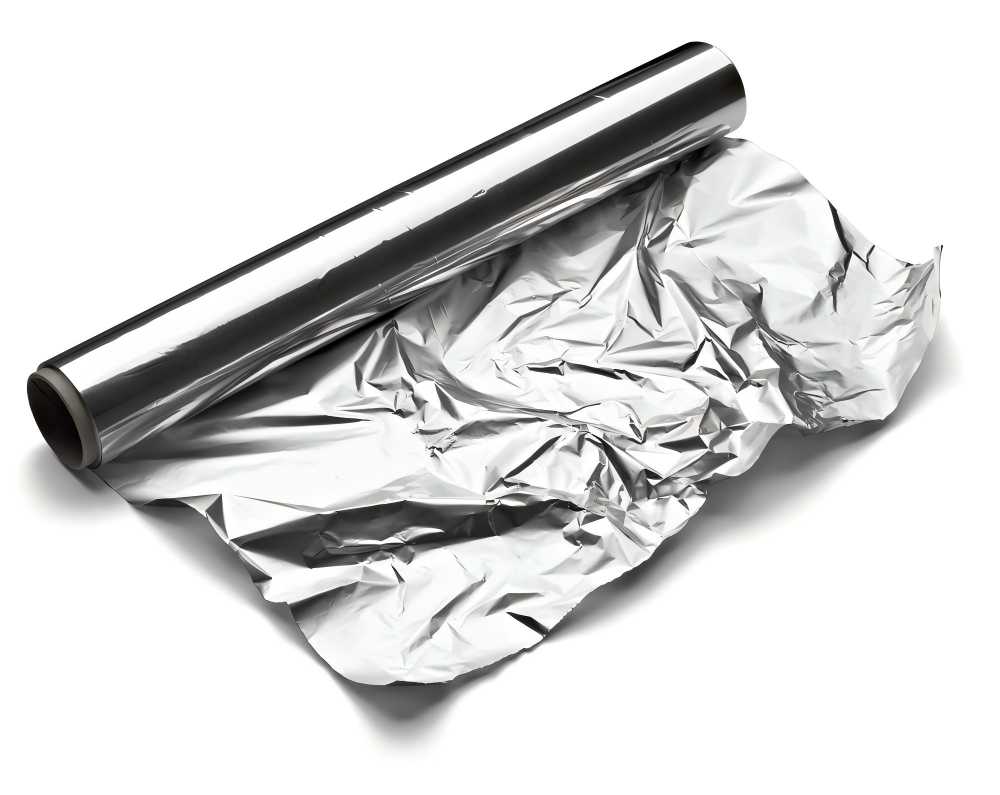
Is it Safe to Cook with Aluminum Foil?
A primary concern for many people is whether cooking with aluminum foil is safe. The material’s popularity in kitchens worldwide raises questions about its potential impact on health.
The primary concern revolves around the potential leaching of aluminum into food. While aluminum is the third most abundant element in the Earth’s crust, excessive exposure can have adverse health effects. Studies have shown that cooking acidic foods, such as tomatoes, citrus fruits, and rhubarb, in aluminum foil can significantly increase the aluminum content in the food. For instance, a study published in the International Journal of Electrochemical Science found that cooking tomato sauce in aluminum foil increased the aluminum content by several fold. However, the amount of aluminum ingested this way is typically within safe limits set by health authorities. The World Health Organization (WHO) states that adults can consume up to 50 milligrams of aluminum daily without adverse effects.
It’s important to note that the human body can excrete small amounts of aluminum, and most people are exposed to aluminum from various sources, including food, water, and air. However, individuals with kidney disease may be more susceptible to aluminum accumulation. To mitigate potential risks, avoid cooking highly acidic foods in aluminum foil or use a barrier, such as parchment paper, between the food and the foil. Additionally, using higher quality, thicker foil can decrease the leaching effect.
By being mindful of the foods you cook and taking necessary precautions, you can safely enjoy the convenience of foil-wrapped meals.
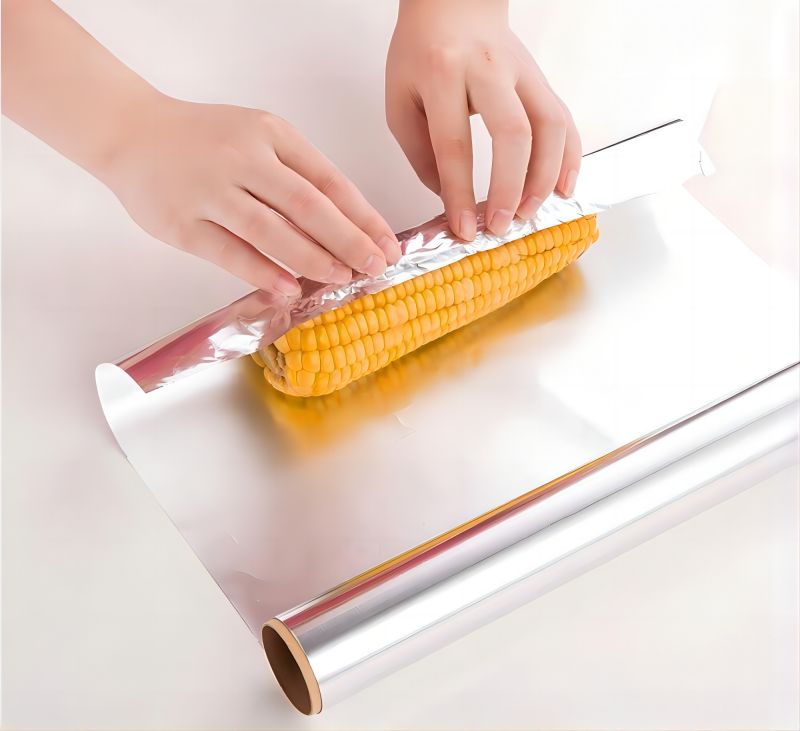
Tips of Cooking with Aluminum Foil
Cooking with aluminum foil offers versatility, but knowing how to use it effectively can enhance your results and reduce complications.
- Prevent Sticking: To prevent food from sticking to the foil, lightly grease it with oil, butter, or cooking spray. This is especially important for items like fish or baked goods, which tend to adhere to the surface. Alternatively, you can use a non-stick aluminum foil variety available in stores.
- Create Secure Packets: When making foil packets, fold the edges tightly to seal them. Start by folding the edges over several times and then crimping them together. This ensures that steam and juices are locked inside, which helps retain moisture and flavor during cooking.
- Use the Right Side of the Foil: Aluminum foil has a shiny side and a dull side. While the difference is minimal, the shiny side reflects heat slightly better, making it preferable for cooking methods like grilling where higher heat is desired. Use the dull side for insulation or indirect heat applications.
- Double Layers for Durability: For grilling or open-flame cooking, use a double layer of foil to prevent tearing and ensure the packet stays intact. This is particularly useful for heavier foods or dishes with sauces that may weaken the foil.
- Shape and Venting: Shape the foil packet to allow some room for air circulation within. For items that release a lot of steam, such as vegetables, poke a few small holes in the top to vent excess steam without losing too much moisture.
- Avoid Overheating: Prolonged exposure to high temperatures can cause the foil to degrade or even burn through. Monitor cooking times carefully and avoid placing foil packets directly over very high flames for extended periods.
- Portion Control: When cooking for multiple people, prepare individual foil packets. This allows for even cooking and customized seasoning for each portion, making it ideal for diverse preferences.
- Reuse When Possible: If the foil is not heavily soiled or torn, consider reusing it for wrapping leftovers or as a lining for baking trays. This reduces waste and maximizes utility.
By mastering these detailed usage tips, you can make the most of aluminum foil, achieving superior cooking results while minimizing challenges and ensuring optimal performance.
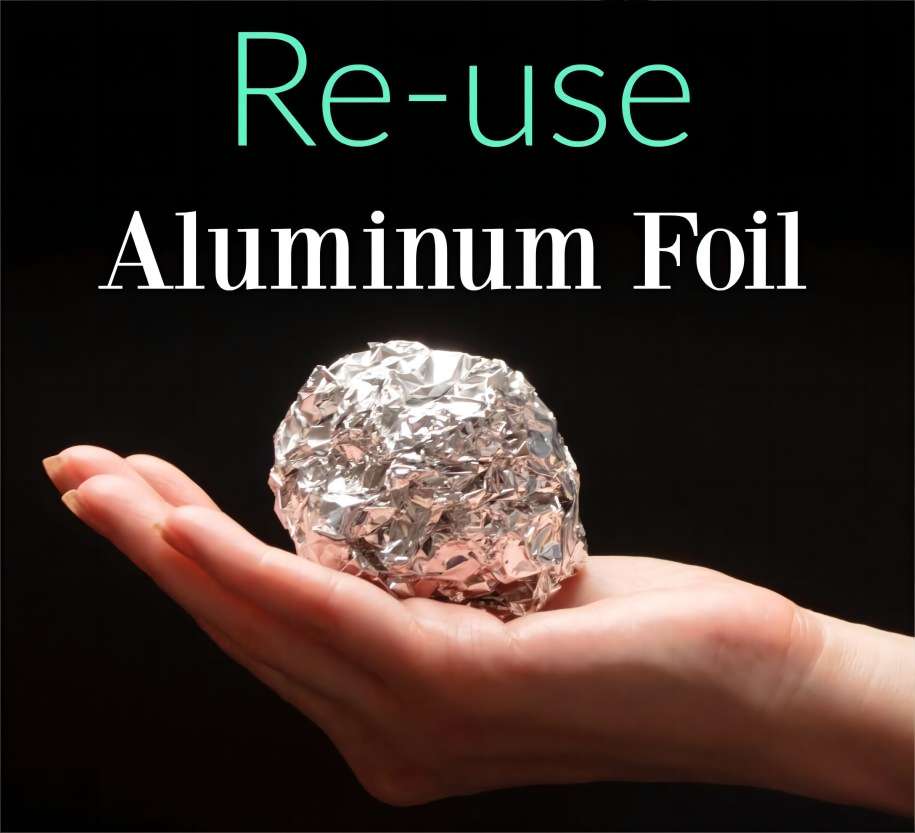
Is Aluminum Foil Biodegradable or Recyclable?
While aluminum foil is a convenient kitchen tool, its environmental impact is a significant concern. Knowing whether it is biodegradable or recyclable can help you make eco-conscious choices.
- Non-Biodegradability: Aluminum foil is not biodegradable. If discarded in landfills, it remains in the environment indefinitely, contributing to long-term waste issues.
- Recyclability: Aluminum foil is recyclable, but only if it’s clean and free of food residue. Contaminated foil often ends up in general waste, limiting its recycling potential.
- Energy-Intensive Recycling: Recycling aluminum foil requires less energy than producing new aluminum, but the process is still energy-intensive. Recycling helps conserve resources and reduces greenhouse gas emissions associated with mining bauxite ore.
- Practical Tips for Recycling: To recycle aluminum foil effectively, rinse off food residue and ensure it’s free from grease. Combine smaller pieces into a larger ball to make it easier for recycling facilities to process.
Aluminum foil’s recyclability can offset its environmental footprint, but proper disposal and recycling practices are crucial. By cleaning and recycling foil whenever possible, you can help reduce waste and contribute to a more sustainable kitchen.
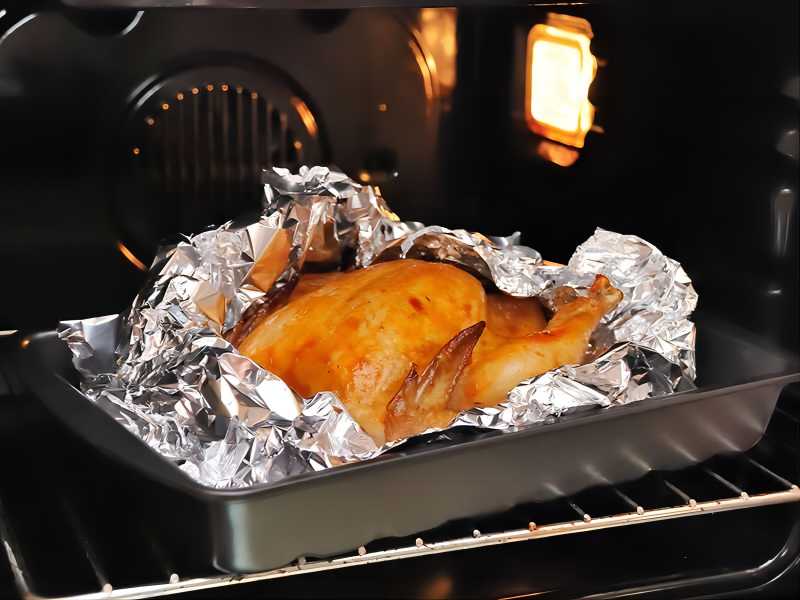
Are There Eco-Friendly Alternatives to Aluminum Foil?
For those seeking eco-friendly or health-conscious solutions, various substitutes for aluminum foil can provide excellent results while reducing environmental impact.
| Alternative | Uses | Advantages | Limitations |
| Parchment Paper | Baking, roasting, and steaming | Biodegradable and compostable | Not suitable for high-heat grilling or flames |
| Reusable Silicone Wraps | Covering bowls, wrapping food, grilling mats | Durable, heat-resistant, reduces single-use waste | Higher upfront cost, not biodegradable |
| Cast Iron/Glass Cookware | Baking, roasting | Reusable, excellent heat retention | Heavy, requires storage space |
| Bamboo Steamers | Steaming vegetables, fish, dumplings | Biodegradable, natural flavor enhancement | Limited to steaming, requires care |
| Beeswax Wraps | Wrapping leftovers, covering dishes | Compostable, made from natural materials | Not suitable for high-heat cooking |
Practical Tips for Transitioning
- Start by replacing foil in low-heat or non-direct heat applications, such as wrapping sandwiches or covering leftovers.
- Invest in a variety of reusable options to suit different cooking methods.
- Educate household members about proper care and maintenance to prolong the life of reusable alternatives.
By incorporating eco-friendly substitutes into your cooking routine, you can reduce waste, minimize your environmental footprint, and still achieve excellent culinary results. With the variety of options available, there’s a suitable alternative for every cooking method.
Application of Cooking Food in Aluminum Foil
Cooking food in aluminum foil adapts seamlessly to various cooking methods, making it a versatile tool in the kitchen and outdoors. By using foil creatively, you can enhance flavors, retain moisture, and simplify cleanup, regardless of the cooking technique.
Baking
Aluminum foil is widely used in baking to create a barrier that prevents over-browning. It can cover the edges of pie crusts or wrap around baked goods to ensure even cooking.
Foil packets are ideal for baking fish, chicken, or vegetables. These packets trap steam, creating a mini-oven effect that locks in moisture and flavor.
Grilling
On the grill, aluminum foil prevents food from sticking to the grates. Use it as a base for delicate items like fish or asparagus.
Foil packets are essential for grilling mixed ingredients such as potatoes, peppers, and herbs. They ensure even heat distribution and keep flavors sealed inside. When grilling marinated meats, foil can act as a drip tray to prevent flare-ups and maintain a clean grill surface.
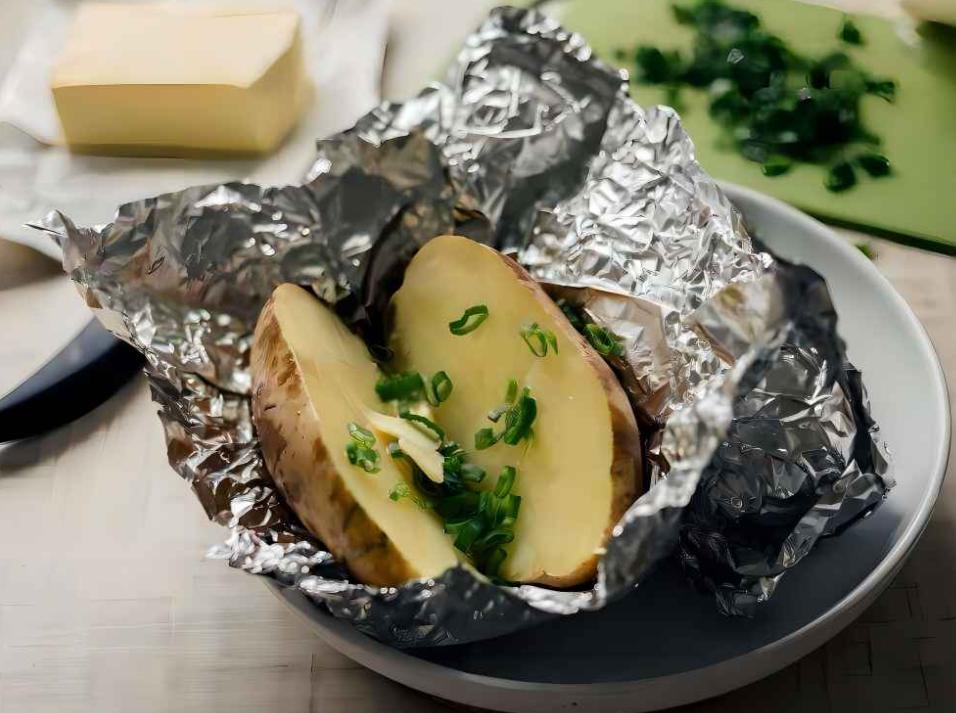
Steaming
Aluminum foil can replicate steaming methods by wrapping food tightly and placing it over boiling water. This method is great for steaming fish, vegetables, or dumplings.
In a steamer basket, foil can create partitions to cook multiple ingredients simultaneously without mixing flavors.
Camping
Foil-wrapped meals are a staple for outdoor enthusiasts. Wrap ingredients like chicken, potatoes, and seasonings into a sturdy foil packet and cook directly in campfire coals.
Use foil to fashion makeshift cookware, such as a roasting pan or a container for boiling water, in survival situations.
Broiling
Line broiler trays with foil to catch drippings and prevent messes. This is especially useful for high-fat cuts of meat or dishes with marinades.
Create a tent of foil over food to prevent the top from burning while the inside cooks thoroughly.
Slow Cooking
Use foil to separate ingredients in a slow cooker. For example, you can cook a side dish like potatoes alongside a main course without mixing flavors.
Foil balls can be placed under food in a slow cooker to elevate it, allowing fats and juices to drain for a healthier meal.
From the oven to the campfire, aluminum foil enhances a wide array of cooking methods. Its adaptability and convenience make it an invaluable tool for achieving delicious, evenly cooked meals with minimal effort.
Cooking food in aluminum foil offers numerous benefits, including ease of use, minimal cleanup, and enhanced flavor retention. By understanding the health and safety considerations, usage tips, environmental impacts, substitutes, and applications across various cooking methods, you can make informed choices and maximize the benefits of this versatile cooking technique.

